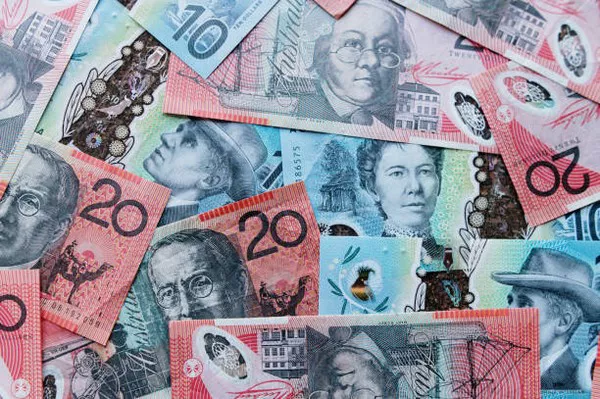In the realm of currency, certain banknotes often possess a mystique, deemed more valuable due to their rarity, historical significance, or unique features. Within the Australian context, the $100 note stands out as a denomination that has captured the imagination of collectors and enthusiasts alike. Beyond its face value, these bills can hold considerable worth. Let’s explore the factors that contribute to the value of Australian $100 notes, delving into their history, design elements, and the market dynamics that elevate their status.
History of the Australian $100 Note
The journey of the Australian $100 note begins with its inception in the mid-1980s. Introduced alongside other denominations, the purpose of the higher-value bill was to cater to the growing demand for larger cash transactions and to replace the older $100 paper notes that were in circulation at the time. Initially featuring the likeness of Sir John Monash, a prominent military leader and engineer, the design of the $100 note has undergone several updates over the years.
In 1996, the note was revamped with added security features to combat counterfeiting, including a holographic strip and microprinting. The current iteration, introduced in 2020, features the portrait of Dame Nellie Melba, a renowned opera singer, and Sir John Monash, reflecting Australia’s cultural and historical richness.
Factors that Determine Value
The worth of a $100 Australian note can exceed its face value due to several key factors:
Rarity and Age: Older versions of the $100 note, particularly those from earlier series, can be sought after by collectors. Notes that are no longer in circulation or are from limited print runs are often more valuable due to their scarcity.
Serial Numbers: Notes with unique or low serial numbers, especially those with repeating digits (e.g., 777777), can fetch higher prices among collectors.
Condition: The condition of the note is crucial. Uncirculated or near-mint condition notes command higher prices compared to those that show signs of wear and tear.
Varieties and Errors: Certain $100 notes may have printing errors or unique varieties that make them desirable to collectors. Examples include misprints, double impressions, or ink smudges.
Cultural Significance: Notes featuring designs that hold cultural or historical significance, such as special commemorative editions, can also be more valuable.
Collectibility and Market Dynamics
The market for collectible banknotes, including Australian $100 notes, is driven by a vibrant community of collectors, investors, and enthusiasts. The value of these notes can appreciate over time, influenced by factors like economic conditions, changes in currency policies, and shifts in demand within the numismatic (collecting) community.
Collectors often focus on specific themes or series, such as notes from a particular era, those with unique security features, or bills that bear special significance. The presence of a thriving secondary market, both online and through specialized dealers and auctions, further fuels interest in acquiring rare or valuable banknotes.
Notable Australian $100 Notes
Several Australian $100 notes stand out for their rarity and significance:
Pre-1996 Series: Older $100 notes from the pre-1996 series, featuring Sir John Monash, are increasingly rare and sought after by collectors.
Commemorative Editions: Special commemorative editions, like those released to mark significant events or anniversaries, can have elevated value due to their limited availability.
Unique Varieties: Notes with printing errors or unusual characteristics, verified by reputable experts, can fetch premium prices in the market.
Low Serial Numbers: Notes with low serial numbers, especially those with interesting patterns or combinations, often command higher values.
Tips for Collectors and Investors
For those interested in collecting or investing in Australian $100 notes, consider the following tips:
Research: Educate yourself about different series, varieties, and notable features of $100 notes to make informed decisions.
Authentication: Verify the authenticity and condition of the notes through reputable sources or experts to avoid counterfeit or altered bills.
Storage: Properly store and protect your collection using archival-quality materials to preserve their condition.
Market Awareness: Stay informed about market trends, auction results, and demand patterns to make strategic acquisitions or sales.
See Also Are there any rare Australian notes?
Conclusion
Australian $100 notes possess a unique allure beyond their face value, drawing interest from collectors and investors worldwide. The interplay of rarity, historical significance, and market dynamics contributes to the value of these banknotes, making them fascinating pieces of monetary history. Whether held for investment or appreciated for their cultural significance, $100 notes exemplify the enduring appeal of numismatics in Australia’s rich tapestry of currency and heritage.


